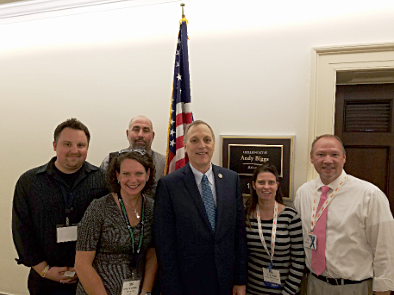A Pained Life: Hold On Hope
/By Carol Levy, PNN Columnist
If I didn’t know better, I would think the lyrics from Peter Allen’s 1976 song “Taught by Experts” were specifically for the chronic pain community:
I've been taught by experts in the art of cruelty
Now I'm giving lessons free
All it takes is three
I'll teach you to make friends with pain
Lesson number one
No it's not much fun
Never was much fun
That song feels like the story of my life, at least my life since the pain started.
After my last surgery, the doctor took photos of my shaved head and of the scars remaining from the 12 other neurosurgeries I’ve had for trigeminal neuralgia. Every one of them left visible scars, at least until my hair grew back.
Surgeries also leave invisible scars in our minds and souls. I would venture to say that, in one way or another, many of us have some level of post-traumatic stress disorder that will continue for as long as we have pain.
Recently I finished reading a book on chronic pain. The author gave many exercises and suggestions for ways to deal with pain. The exercises were geared towards ways to change how we think. Many of the suggestions seemed to be variants of “Don't worry. Be happy.”
There must be a middle ground between “My life is cruel because of pain and I am consumed by it.” -- a thought that is hurtful and soul crushing -- and “I'll pretend it isn’t there and smile.” -- a falsehood that is equally destructive.
What is it that tethers us?
I think it is hope. Hope that the pain will get better, hope that a better, newer, easier treatment will be found. Or better yet, a cure.
And hope that in the interim we will still have access to the treatments and providers that helped us.
Maybe these lyrics from “Hold on Hope” by Guided by Voices expresses it better than I can.
Every street is dark and folding out mysteriously
Well that’s the chance we take
To be always working, reaching out
For a hand that we can't see
Everybody's got to hold on hope
It's the last thing that's holding me
Carol Jay Levy has lived with trigeminal neuralgia, a chronic facial pain disorder, for over 30 years. She is the author of “A Pained Life, A Chronic Pain Journey.”
Carol is the moderator of the Facebook support group “Women in Pain Awareness.” Her blog “The Pained Life” can be found here.
The information in this column should not be considered as professional medical advice, diagnosis or treatment. It is for informational purposes only and represent the author’s opinions alone. It does not inherently express or reflect the views, opinions and/or positions of Pain News Network.






























